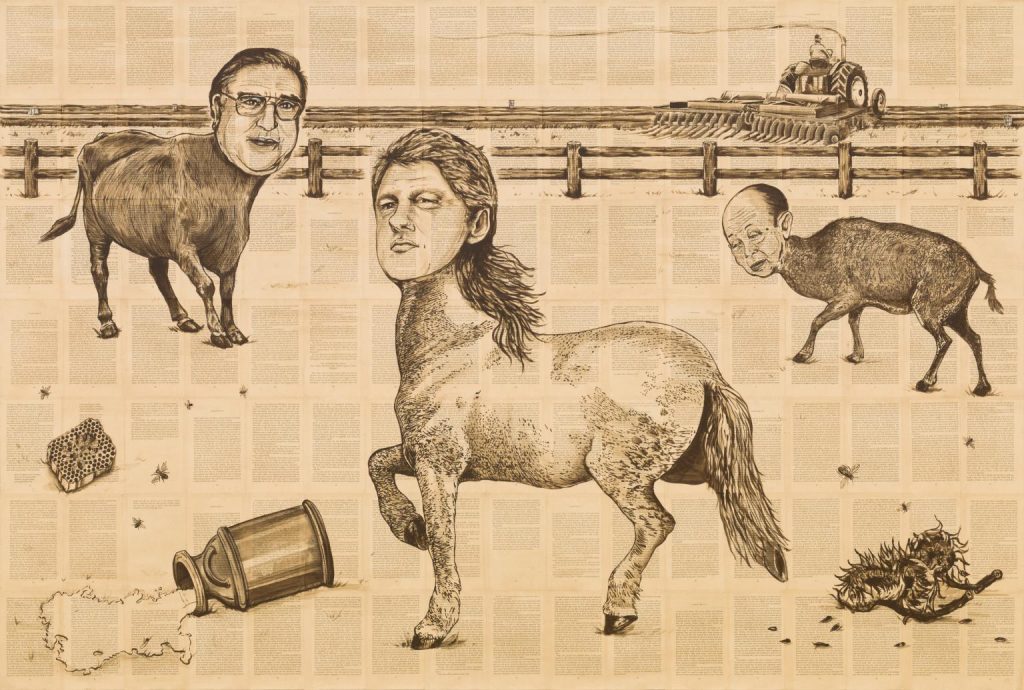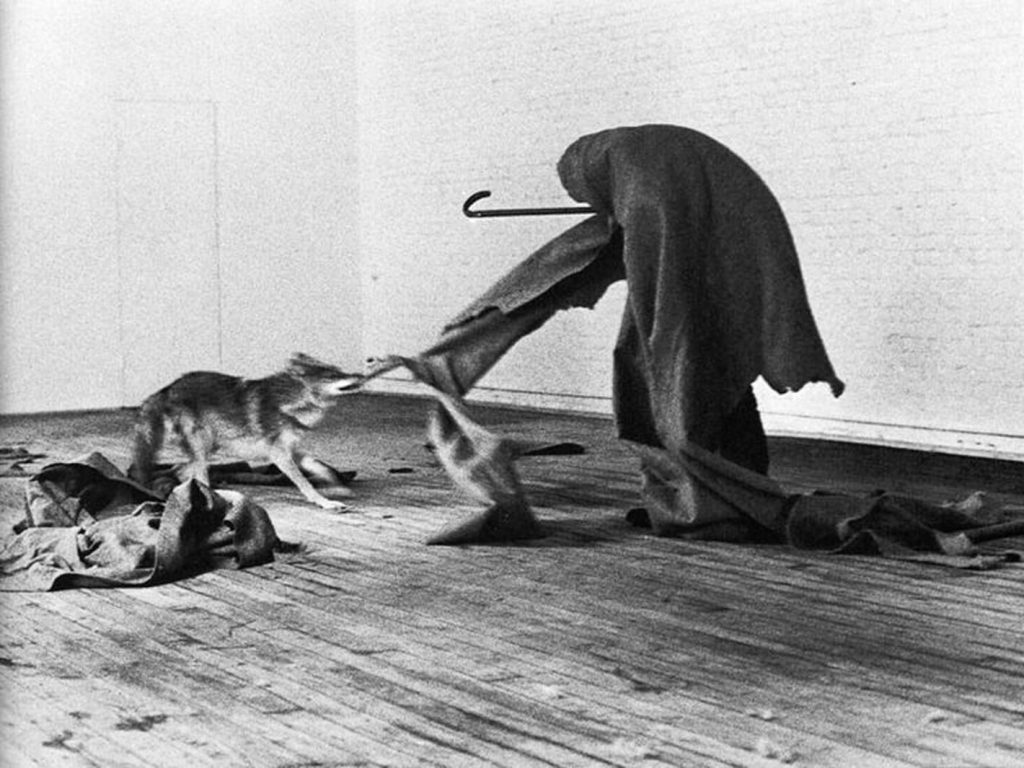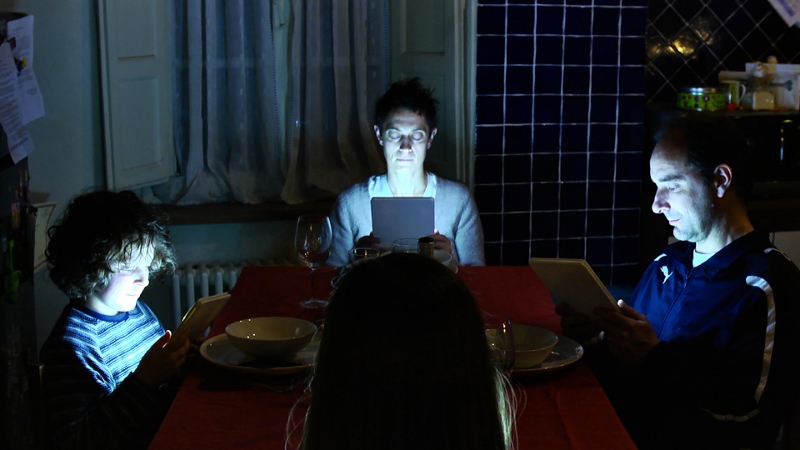In the contemporary era a purely aesthetic art is considered, by some people, incomplete. To be complete, it should be communicative, participatory, it must be social art. But what does it mean for art to be social? How could a communitarian project be regarded as an artwork and why ‘the art hung up on the walls’ is seen by some as lacking completeness? The main source for these considerations can be found in the identification of the role of art with the possibility to bring change in limited environments, to give hope to those who feel left out, to make people feel emotions when it was thought that these very feelings were far distant mirages.
The work of the Cuban artist Tania Bruguera is emblematic to understand how an artistic project can be seen as a source of social change, a hymn to freedom in a society where democracy is simply a world to look up in vocabularies. In 2002 Bruguera founded Cátedra Arte de Conducta (2002-2009), a pedagogical project focused on the concept of arte útil, an art not only leading to an aesthetic liking, but one useful to develop a sociopolitical ideology and a critical thinking towards our own reality. The project consisted in organizing, through the various activities, a series of spaces of discussion with respect to the civic role of art, in order to face the lack of expressive – and artistic – freedom in the authoritarian Cuban regime. Tania Bruguera is still fighting against the limitations that her country is imposing on society: thanks to her art she is creating a social model to shed a light on the absence of democracy, and she is promoting an alternative reality where each individual has control over their rights and is free to tell their own opinion. With Tatlin’s Whisper #6, a performance carried out in 2009 during the Havana Biennial, the spectator was encouraged to go up on a podium and say whatever they wanted, with a white dove on their shoulders. Tania Bruguera’s art is not simply producing pedagogical projects, but it is a full-blown participatory art, where the very essence of the artwork is found in the encounter between the artist and the public. The spectator is not a passive observer of a painting hung up on a wall, but an active subject, a fundamental element of the artistic project. The connection created between the work of art and the public finds its roots deep in the heart of human existence, in the very necessity to feel part of a greater reality, where our own thoughts have a value, and they are neither marginalized nor censored by a self-imposed regime.

Another central figure in the pedagogical art world is Tim Rollins, an American artist and educator whose story is strictly connected to that of the Kids of Survival (KOS). Rollins became a teacher at the Intermediate School 52 located in the Bronx from the 80s. The first contact he had with the neighborhood and its people was characterized by complete abandonment. The kids he taught only reached a very low level of education, to the point where the majority of them were still not able to read or write in English at the age of 11/12. The artist had the idea of merging the teaching activity of the English language with the artistic practice of drawing, something which was much closer to the comfort zone of his students due to their interest in street & graffiti art. During his lessons, Rollins began to read some passages from selected literary works and the students were asked to draw according to their inspiration. His approach to learning was so different from the traditional teaching method reserved to the kids that the students began manifesting an increasing interest towards the new collaborative practice. The group realized some of the most original pieces of art by adopting an alternative technique, which consisted in the use of the very pages of the literary piece analyzed as a base for their drawing. The majority of the novels chosen by Rollins were based on themes which were close to the reality of the kids, such as the desire to feel accepted and recognized as human beings. From that moment onwards, works such as Frankestein, Animal Farm and Amerika (this one provided during its creation in the cover image) were seen through the kids’ eyes and the final work, full of emotional burden, caught the attention of galleries and institutions. The example of Rollins and KOS showed not only how an artistic and pedagogical approach brought students much closer to learning, but also how one of the most important roles of art was the emancipatory one.
An artistic project which has its heart not in the practice of individual creation, but in active collaboration, can be the one to start the change towards a better society, spreading ideas which would otherwise be repressed, increasing awareness about censorship and limitations. It is a way to give a voice to those who do not have one, a way to show a light to those who live in the dark.





